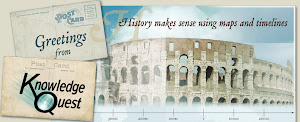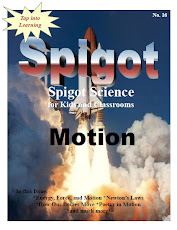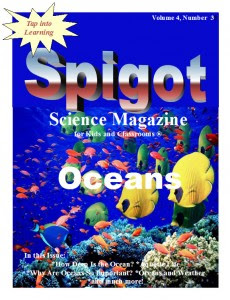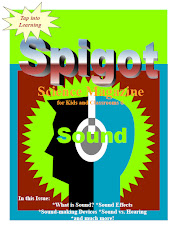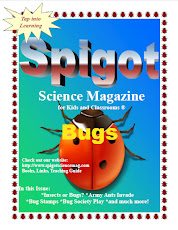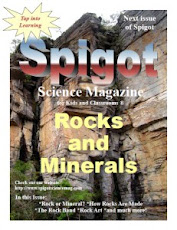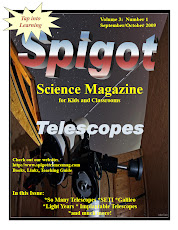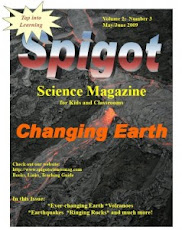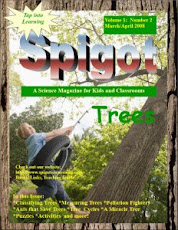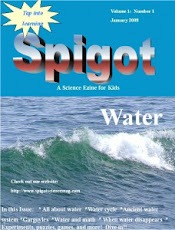“These findings have significant implications for evolutionary biology,” Gibb said, “because it suggests the invasion of the land by vertebrates may have occurred much more frequently than has been previously thought.”.
In the case of aquatic fish this ability shows that species without legs or rigid pectoral fins can move around on land. This raises the possibillity that more species have been able to invade the land than the fossil record initially suggests.
The team originally intended to study the feeding behavior of a related species, the guppy and once the rivulus exhibited the tail-flip jumping maneuver the team turned their attention back to this fully aquatic fish.
“Interestingly the guppy jumped almost as well as the amphibious fish did,” said Gibb, “and no one has ever suggested that a guppy is an amphibious fish.”
The team set about recording several additional species in front of a high-speed camera, including the mosquitofish, which has been introduced into local tributaries of Oak Creek in Arizona, and a common pet store zebra fish, which is a very distant relative of guppies.
“The mosquitofish became our lab rat,” said Gibb. “It’s accessible, it comes from a group that has other jumpers, and it’s been reported that this fish jumps out of the water to get away from predators and then jumps back in.”
That particular escape behavior had never been filmed, yet using the high-speed video systems the team revealed that both species produced a coordinated maneuver in which the fish curls its head toward the tail and then pushes off the ground to propel itself through the air.
To further their research Gibb and her colleagues are endeavoring to determine if there is directionality to voluntary movement on land and to investigate the genetic basis of the jumping behavior.
“Maybe fishes that are very good at jumping are poor swimmers,” Gibb said. “We want to look at the compromises that may have been made to favor one behavior over another.”
This study is published in JEZ A: Ecological Genetics and Physiology.
Full Citation: Gibb. A, Ashley-Ross. M, Pace. C, Long. J, “Fish out of Water: Terrestrial Jumping by
Fully Aquatic Fishes”, Journal of Experimental Zoology Part A: Ecological Genetics and Physiology, Wiley-Blackwell, DOI: 10.1002/jez.711
Video Footage: http://jan.ucc.nau.edu/acg/video.html
Author: Dr Alice Gibb
The ocean is always on the move, sometimes rolling in gentle swells and at other times slamming with tremendous force into the shoreline. The ocean uses energy that it has received from the forces acting upon it to stay on the move.
Currents cause water to move continuously in a circular path deep beneath and at the surface of the ocean. The rotation of the Earth causes this movement. In the Northern Hemisphere, the area north of the equator, currents travel from west to east, then back again in a big circle. This is called a clockwise direction. In the Southern Hemisphere, currents travel from east to west, then back again in a counter clockwise direction...read more
I love Nomad Press! If you have yet to discover this publishing house, you are so missing out! They offer a wide range of books that not only educate, but entertain.
This book explores the men responsible for mapping out our world and includes:
~ Introduction - Exploring in the Age of Discovery
~ Searching for a Water Route to Asia
~ Voyage to the New World (Christopher Columbus)
~ Searching for a Northwest Passage (John Cabot)
~ Circling the Globe (Ferdinand Magellan)
~ The Spanish Conquistadors
~ Journeys Inland
In addition to all the cool history, Explorers offers 22 hands on experiments that can be done with household or easy to find items. Check out;
~ Make Your Own Cross Staff
~ Make Your Own Map Quest p.g 44
~ Make Your Own Ocean in a Bottle p.g 52 p.g. 18
I wish these books were around when I was growing up - they're awesome and make learning so much fun! This book is rated for the 9-12 crowd or children with reading level "S".
Check out, Explorers of the New World and other Nomad Press titles on the web at; http://www.nomadpress.net
Science vocabulary can be difficult, sometimes even abstract, and this is one of the reasons students don’t connect when reading science texts or articles. If they don’t understand the vocabulary, then there is a very good chance that they won’t understand the underlying concepts.
Students need to see, hear, say, and write the vocabulary words in order to know them, remember them, and use them. Seeing the definitions of science words in the context of the article helps students understand the meaning of the words and adds to the students’ understanding of the concepts. Here are some examples of “in context” definitions in the OCEANS publication: …more
David Cochran
Publisher, Chief Learning Officer
Spigot Science
Features of Myths
These stories are called myths. They have several key features: read more
Strange, Deep, and Unknown
The ocean is the most unknown area on Earth. We know a lot more about our mountains, rainforests, and deserts than we do about the ocean. This is because we can access these places even when it is difficult. There are many areas below the surface of the ocean that we are just beginning to explore.
The deeper we travel below the surface of the ocean, the harder it is to survive. At the surface, there is light and a small amount of pressure. As we descend, the light gets less and less while the pressure becomes greater. Closer to the surface, we can wear air tanks and wet suits. As we go deeper, we need special, heavier suits. We can go still deeper in submarines. But in the deepest areas of the ocean, humans cannot travel at all. We need robotic submarines to travel to these areas....read more
It is perhaps the most unknown place on Earth. It is wide, long, and deep. And it is filled with salty water. The ocean is so vast that it covers more than 70 percent of Planet Earth with millions of trillions of gallons of water that
Many people refer to oceans and seas by their names such as Atlantic Ocean, Pacific Ocean, Medi-terranean Sea, etc. However, these names are just to help us identify sections of the vast harbor more unknown plants and animals than we can imagine. frontier. All the oceans are basins or areas sunken below the areas we call land. They are connected to form one gigan-tic body of water read more...
In this publication of Spigot Science, Oceans, we help students explore the mysteries of the deep from many perspectives. In addition to learning the science of tides and ocean motion, they will learn all about what lives in the deep layers of the oceans and where all the oceans are located.
In the Language Arts Connection, students will write an ocean myth, and then rewrite a scientifically correct version. In the Social Studies Connection, they will learn about the ocean census. They will consider ocean safety in Health Connections, and in the Arts Connection, they will sing sea shanties and view ocean statuary.
Of course, our regular monthly feature segments focus on oceans too. Students will learn to think deeply as they Think Like a Scientist and learn about the life of Jacques Cousteau in Scientists Are People Too. In our Library Connection they will read ocean book reviews relevant to upper elementary and middle school students.
There is so much to learn about these waters that encompass 70 percent of our planet.
Premium members are entitled to all past, present, and future publications of Spigot Science for a whole year. This includes all 15 of our themed publications as well as the monthly Science in the News. Just log in to download Oceans.
If you are not yet a member, please visit us and sign up! Tap into Learning with Spigot Science publications













